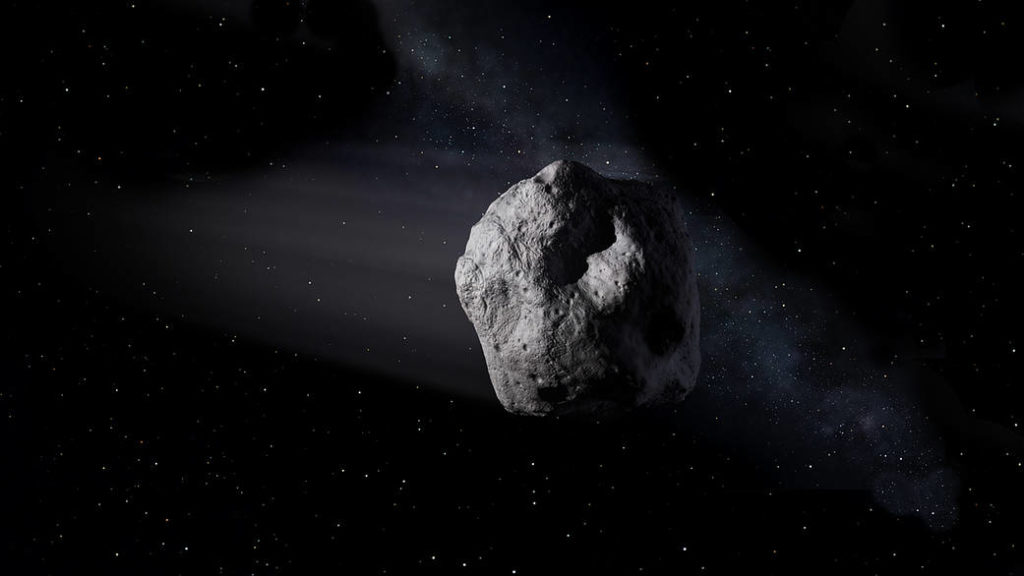
Stay Aware! Asteroid 2012 TC4 to pass Earth on Oct 16, Scientists Warn International Communications Early
In one way or another, asteroids have always been a threat to the human beings, sometimes, they kissed the tip of the earth, sometimes, scientists managed to get rid of them by shattering them into tiny pieces. Now with an asteroid on track to safely fly past Earth in the next 24 hours, researchers are jumping on the rare chance to test an international warning system to help brace for an object hitting the earth.

Meanwhile, this asteroid which is almost the size of a house will pass somewhere between 18,000-40,000 kilometers of the Earth’s surface, just inside the space where geostationary satellites orbit in general.
In regards to this, the fly-by will allow astronomers to test an international asteroid warning network made up of observatories and scientists to help develop plans for what to do in the face of a real threat. Glen Nagle from Canberra’s CSIRO NASA tracking station said, “NASA’s going to use this close pass as an opportunity to test their planetary protection procedure.”

“It’s very important these things are done, it’s a big sky, things could come from any direction and there could be an asteroid with our name on in it”, added Glenn.
Sources then stated that the teams on Thursday will pretend the asteroid, named 2012 TC4, is bound for Earth and will undergo a type of disaster planning in order to coordinate what emergency services would be needed. Helping to monitor similar asteroids and prepare for that planning is a process in which the CSIRO-NASA Canberra tracking station is set to play an important role after a trial of the Goldstone Solar System Radar, which allows scientists to investigate objects in space.
“Understanding these things is critically important because if a big thing is coming and we didn’t know about it there’s very little we could do. There are tens of thousands of objects that are known or tracked and nothing currently poses any direct risk, but organizations like NASA and other space agencies around the world are working on plans for what to do if something is coming our way, so we have a better chance than the dinosaurs,” said Glenn.
There is another surprising defacto and that is said that scientists could be facing a different scenario come October 2075. “After that, it becomes possible it could get very close and given the uncertainty of its trajectory you could have a potential impact further down the scale, it’s just one of many reasons why the work being done by tracking stations and observatories is so crucial, he explained,” Glenn concluded.